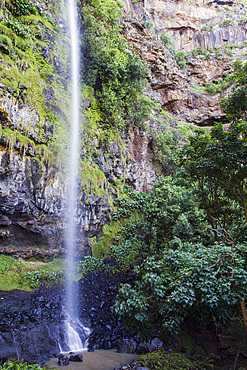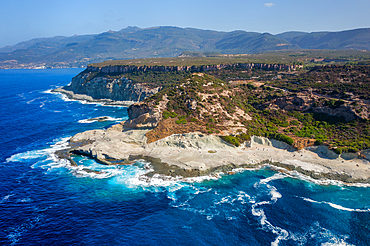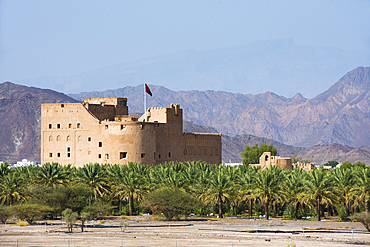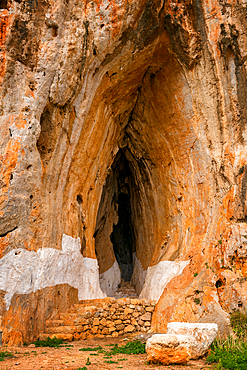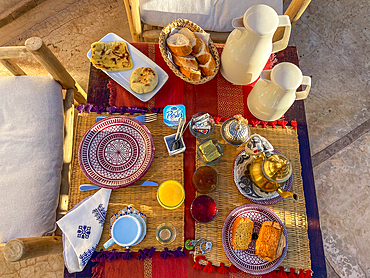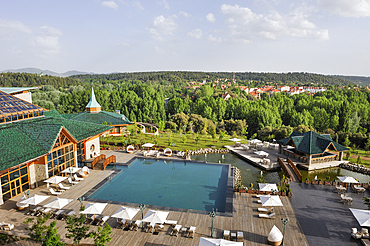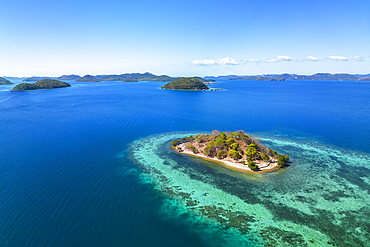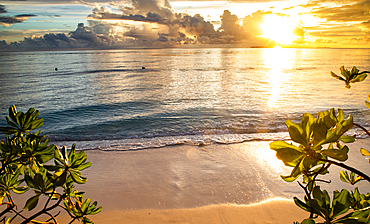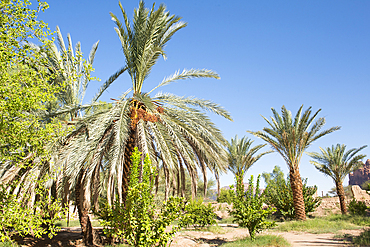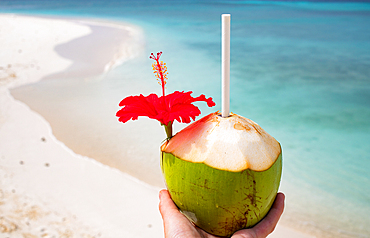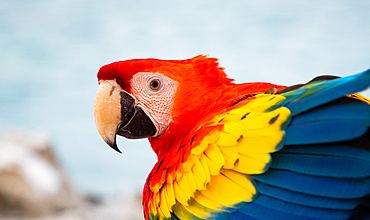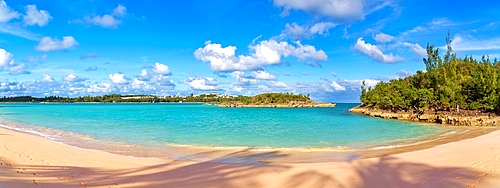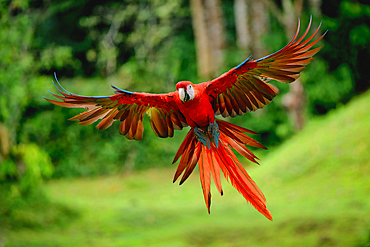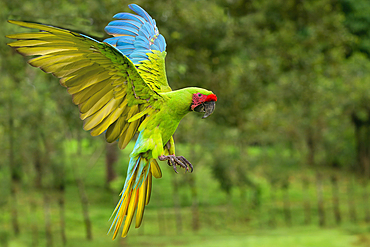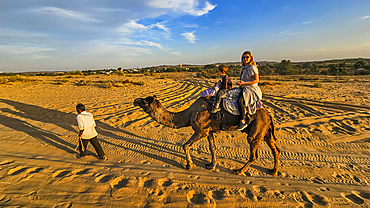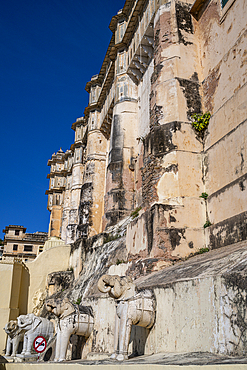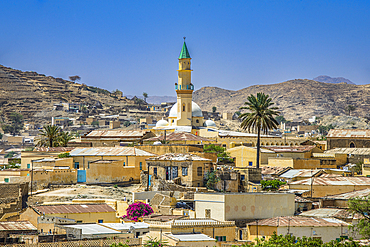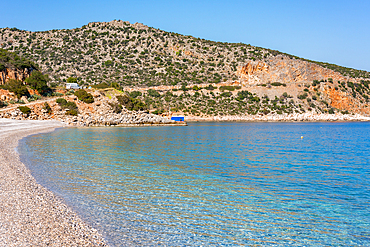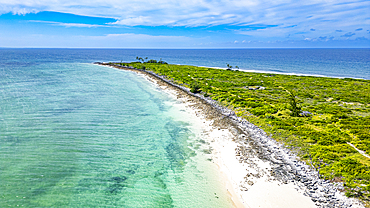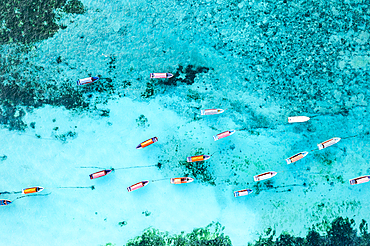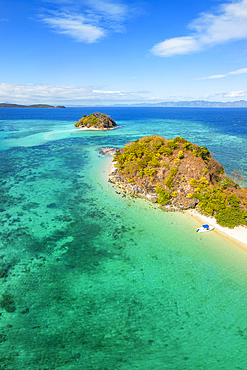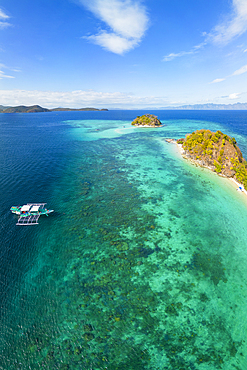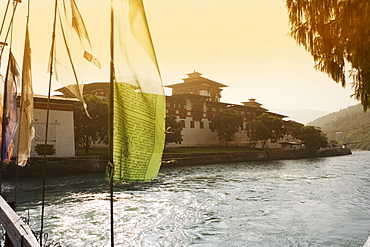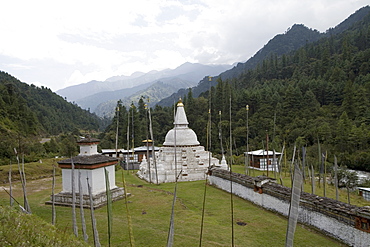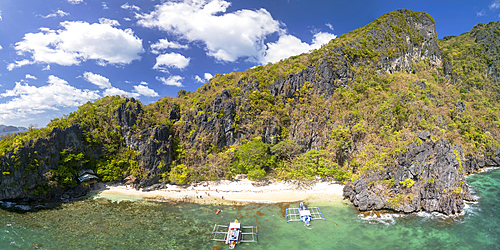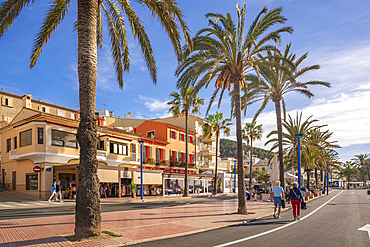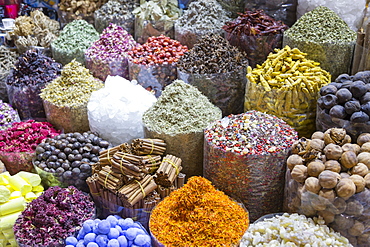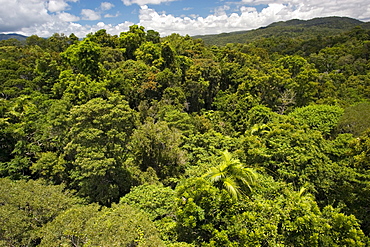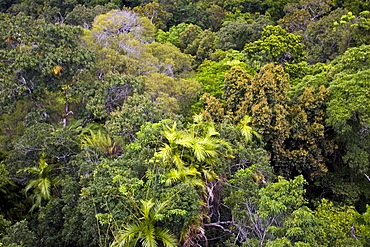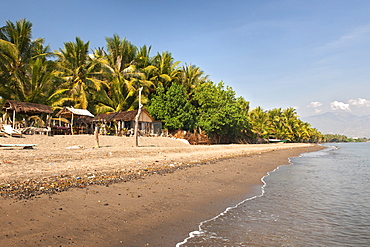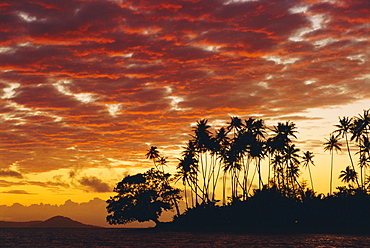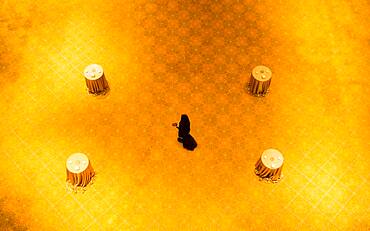Results
« Previous 1 2
175 results found
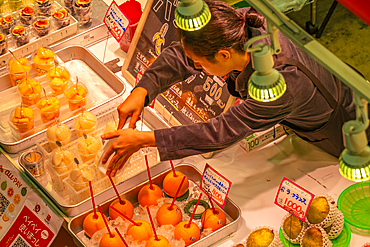
Elevated view of colourful fresh fruit stall and stall holder in Omicho Market, Kanazawa City, Ishikawa Prefecture, Honshu, Japan
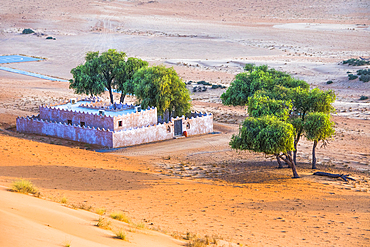
Villa at The Thousand Nights Camp in the Sharqiya Sands, formerly Wahiba Sands, desert region, Sultanate of Oman, Arabian Peninsula
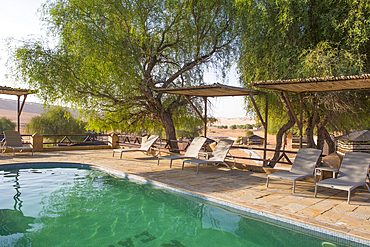
Swimming pool, The Thousand Nights Camp in the Sharqiya Sands, formerly Wahiba Sands, desert region, Sultanate of Oman, Arabian Peninsula
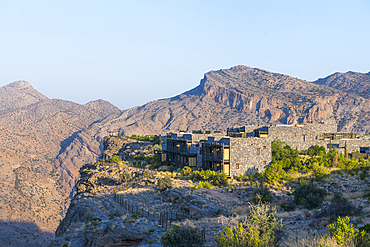
Alila Jabal Akhdar hotel, nestled 2000 metres above sea level, surrounded by Al Hajar Mountains, Sultanate of Oman, Arabian Peninsula
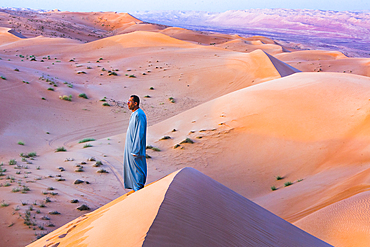
Man standing on a dune in the Sharqiya Sands, formerly known as Wahiba Sands, desert region of Sultanate of Oman
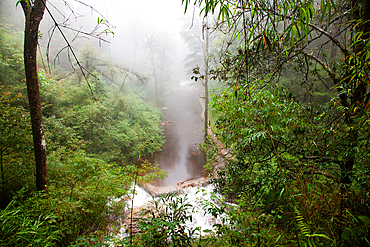
Tinh Yeu (Love Waterfall) in the jungle near Sa Pa (Sapa), Lao Cai province, Vietnam, Indochina, Southeast Asia, Asia
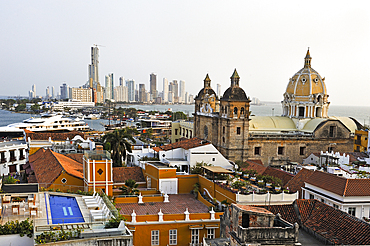
View toward the Church of San Pedro Claver, UNESCO World Heritage Site, from the top of the Movich Hotel in the downtown colonial walled city, Cartagena, Colombia, South America

Pinnacle Rock on Bartolome Island in the Galapagos Islands, UNESCO World Heritage Site, Ecuador, South America
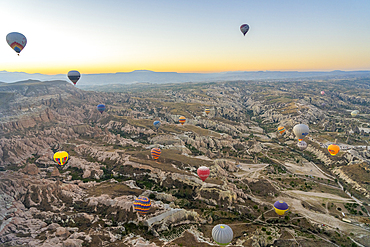
Aerial view of Cavusin and hot air balloons at dawn, Avanos District, Nevsehir Province, Cappadocia, Central Anatolia Region, Anatolia, Turkey, Asia Minor, Asia
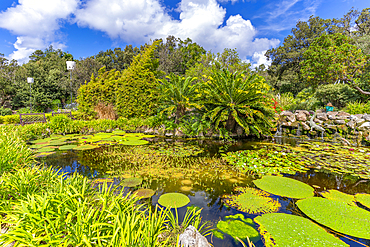
View of water lily pads in pond and tropical flora in Giardini la Mortella Botanical Gardens, Forio, Island of Ischia, Campania, Italy, Europe

Exterior view of the National Museum of Cambodia, Phnom Penh, Cambodia, Indochina, Southeast Asia, Asia
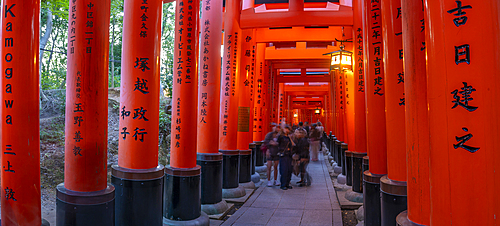
View of The Endless Red Gates (Torii) at Fushimi Inari Shrine at dusk, Fukakusa Yabunouchicho, Fushimi Ward, Kyoto, Honshu, Japan
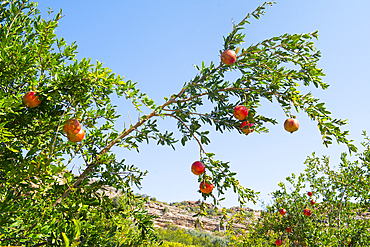
Pomegranates (Punica granatum), perched villages of Jabal Al Akhdar (Green Mountains), Sayq Plateau, Sultanate of Oman, Arabian Peninsula
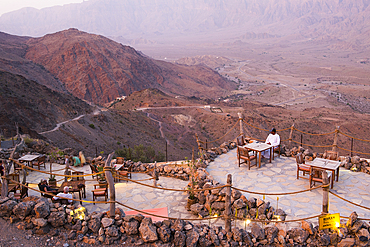
Sama Wakan Heritage hotel terrace, Wakan village, Western Hajar Mountains, South Batinah and Al Dakhiliyah Governorates, Oman, Arabian Peninsula
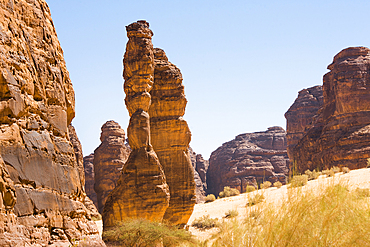
Extraordinary sandstone rock structure called Dancing Rocks in the Sharaan Nature Reserve, AlUla, Medina Province, Saudi Arabia

Woman by swimming pool, surrounded by sandstone rock structures, Our Habitas AlUla, oasis in the Ashar Valley, Medina Province, Saudi Arabia

Terraces and garden of the luxury Palais Jamai hotel with the Medina in the background, Fes, Morocco
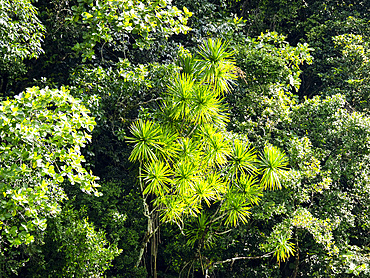
Elevated view of pandanus (screw palm) trees at a site known as the Milky Way, Palau, Micronesia, Pacific

Balloon inflating, Hot air balloon flight over Hegra site and around with Hero Balloon Flights Saudi Operator, AlUla, Medina Province, Saudi Arabia
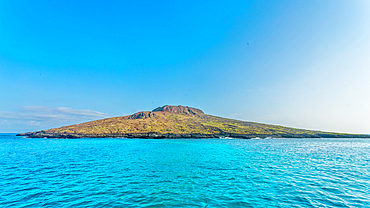
Sombrero Chino (Chinese Hat) Island, just off Santiago Island in the Galapagos, UNESCO World Heritage Site, Ecuador, South America
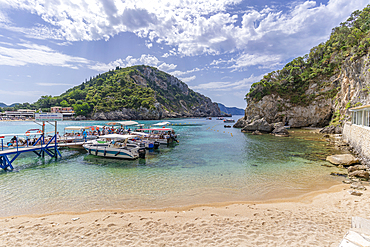
View of Agios Spiridon Beach in Palaiokastritsa, Palaiokastritsa, Corfu, Ionian Sea, Greek Islands, Greece, Europe
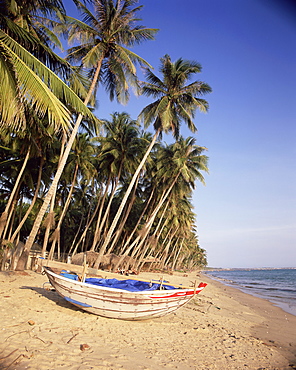
Small boat on palm fringed beach, Mui Ne beach, south-central coast, Vietnam, Indochina, Southeast Asia, Asia

View from Cheli La Pass of Bhutan's most sacred mountain, Mount Jhomolhari, 7314m, Himalayas, Bhutan, Asia
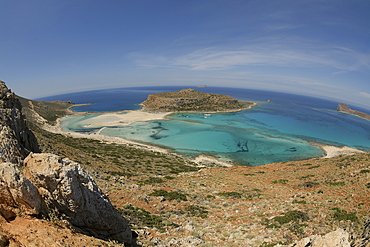
Balos Lagoon Beach and Cape Tigani, elevated view, Gramvousa Peninsula, Chania Region, Crete, Greek Islands, Greece, Europe
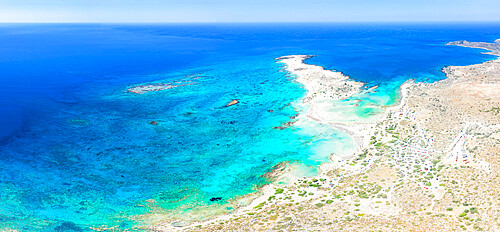
Aerial view of the exotic Elafonisi beach set along an island lagoon, Crete island, Greek Islands, Greece, Europe
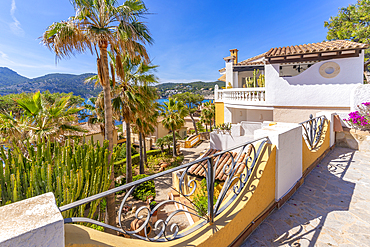
View of villlas overlooking bay at Camp de Mar, Camp de Mar, Majorca, Balearic Islands, Spain, Mediterranean, Europe

View of windsailing at Playa de Palma and Palma and hills in background from S'Arenal, S'Arenal, Palma, Majorca, Balearic Islands, Spain, Mediterranean, Europe
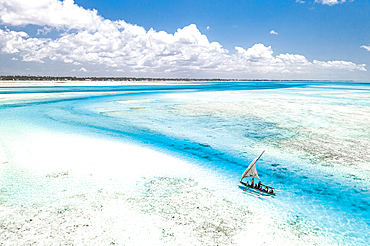
Overhead view of tourist boat on coral reef in the exotic lagoon, Paje, Jambiani, Zanzibar, Tanzania, East Africa, Africa

Aerial view of fishing boats moored in the exotic lagoon, Mkokotoni, Zanzibar, Tanzania, East Africa, Africa

Aerial view of boats moored in the exotic lagoon, Mkokotoni, Zanzibar, Tanzania, East Africa, Africa

View from Cheli La Pass of Bhutan's most sacred mountain, Mount Jhomolhari, 7314m, Himalayas, Bhutan, Asia
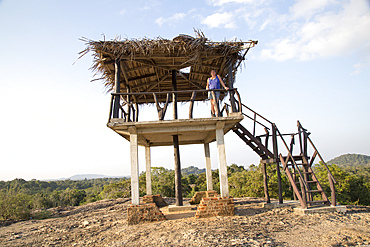
Landscape look-out point, Hurulu Eco Park biosphere reserve, Habarana, Anuradhapura District, Sri Lanka, Asia
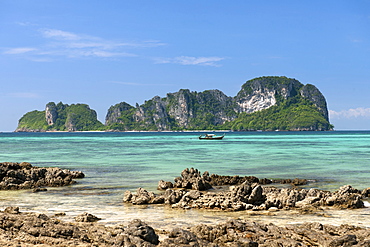
View of Mosquito island from Bamboo island (Ko Mai Phai) near Koh Phi Phi in the Andaman Sea on Thailand's west coast.
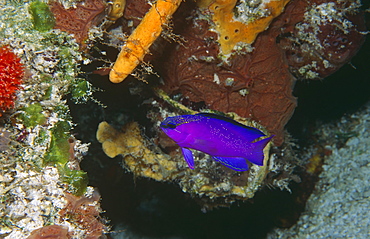
Blackcap basslet (Gamma melacara), view of purple fish with sponges and corals behind, Cayman Islands, Caribbean
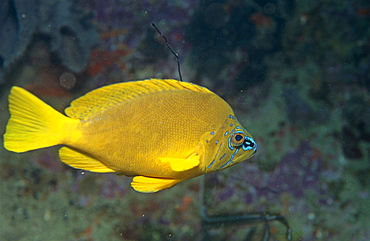
Golden hamlet (Hypoplectrus gummigutta), full view with fish swimming with indistinct coral background, Cayman Islands, Caribbean
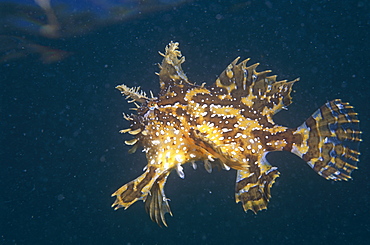
Sargassumfish (Histrio histrio). Full side view of swimming fish, clear detail of fins, Bermuda, Western Atlantic
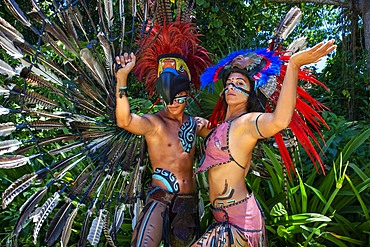
Mexican aztec dress gods at Grand Palladium White Sand Resort and Spa in Riviera Maya, Yucatan Peninsula, Quintana Roo, Caribbean Coast, Mexico.
Aztec clothing was generally loose fitting and did not completely cover the body. When the Spanish arrived in Mexico, the people were surprised to see them in their full armour, with only their faces exposed.
Aztec clothes were generally made of cotton (which was imported) or ayate fiber, made from the Maguey Cactus (also called the Century Plant or American Aloe). Women would weave the fibers into clothing, a task girls were taught as young teenagers. Because of their vast trading network, the Aztecs were able to make use of a beautiful array of dyes, creating the brilliant
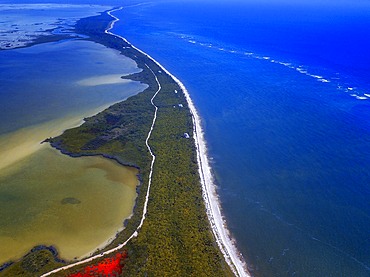
Aerial view of Punta Allen Sian Ka'an Reserve, Yucatan Peninsula, Mexico. Red lagoon near Boca Paila Bridge.
In the language of the Mayan peoples who once inhabited this region, Sian Ka'an means Origin of the Sky. Located on the east coast of the Yucatán peninsula, this biosphere reserve contains tropical forests, mangroves and marshes, as well as a large marine section intersected by a barrier reef. It provides a habitat for a remarkably rich flora and a fauna comprising more than 300 species of birds, as well as a large number of the region's characteristic terrestrial vertebrates, which cohabit in the diverse environment formed by its complex hydrological system.
Along its roughly 120 kilometres of coastline, the property covers over 400,000 hectares of land ranging from sea level to only ten m.a.s.l. The property boasts diverse tropical forests, palm savannah, one of the most pristine wetlands in the region, lagoons, extensive mangrove stands, as well as sandy beaches and dunes. The 120,000 hectares of marine area protect a valuable part of the Mesoamerican Barrier Reef and seagrass beds in the shallow bays. The lush green of the forests and the many shades of blue of the lagoons and the Caribbean Sea under a wide sky offer fascinating visual impressions.
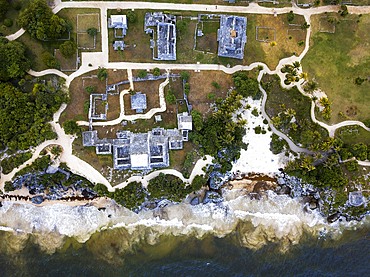
Aerial views of El Castillo and the Ruins of the Mayan temple grounds at Tulum, Quintana Roo, Yucatan, Mexico. Tulum is the site of a pre-Columbian Mayan walled city which served as a major port for Coba, in the Mexican state of Quintana Roo. The ruins are situated on 12 meter 39 ft tall cliffs along the east coast of the Yucatán Peninsula on the Caribbean Sea in the state of Quintana Roo, Mexico. Tulum was one of the last cities built and inhabited by the Maya; it was at its height between the 13th and 15th centuries and managed to survive about 70 years after the Spanish began occupying Mexico. Old World diseases brought by the Spanish settlers appear to have resulted in very high fatalities, disrupting the society, and eventually causing the city to be abandoned.
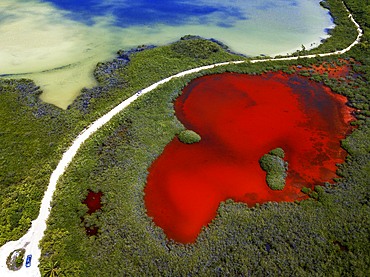
Aerial view of Punta Allen Sian Ka'an Reserve, Yucatan Peninsula, Mexico. Red lagoon near Boca Paila Bridge.
In the language of the Mayan peoples who once inhabited this region, Sian Ka'an means Origin of the Sky. Located on the east coast of the Yucatán peninsula, this biosphere reserve contains tropical forests, mangroves and marshes, as well as a large marine section intersected by a barrier reef. It provides a habitat for a remarkably rich flora and a fauna comprising more than 300 species of birds, as well as a large number of the region's characteristic terrestrial vertebrates, which cohabit in the diverse environment formed by its complex hydrological system.
Along its roughly 120 kilometres of coastline, the property covers over 400,000 hectares of land ranging from sea level to only ten m.a.s.l. The property boasts diverse tropical forests, palm savannah, one of the most pristine wetlands in the region, lagoons, extensive mangrove stands, as well as sandy beaches and dunes. The 120,000 hectares of marine area protect a valuable part of the Mesoamerican Barrier Reef and seagrass beds in the shallow bays. The lush green of the forests and the many shades of blue of the lagoons and the Caribbean Sea under a wide sky offer fascinating visual impressions.
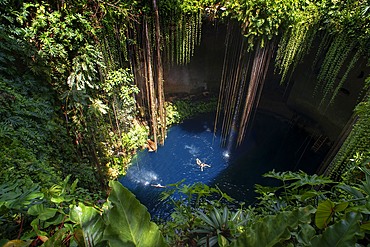
Swimming at Cenote Ik Kil in Yucatan, Mexico, a natural pit, or sinkhole near Chichen Itza. Yucatan Peninsula, Quintana Roo, Mexico. Ik Kil was sacred to the Mayans who used this cenote for both relaxation and ritual services centuries ago.
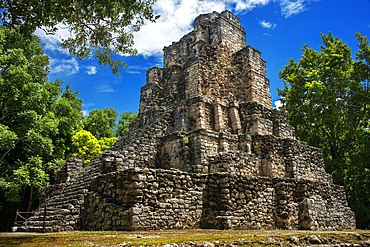
Estructura 8I-13 El Castillo at Chunyaxche Muyil Maya ruins, rainforest near Tulum, Yucatan Peninsula, Quintana Roo, Mexico
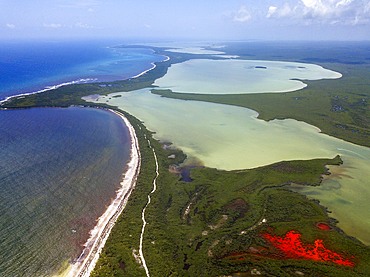
Aerial view of Punta Allen Sian Ka'an Reserve, Yucatan Peninsula, Mexico. Red lagoon near Boca Paila Bridge.
In the language of the Mayan peoples who once inhabited this region, Sian Ka'an means Origin of the Sky. Located on the east coast of the Yucatán peninsula, this biosphere reserve contains tropical forests, mangroves and marshes, as well as a large marine section intersected by a barrier reef. It provides a habitat for a remarkably rich flora and a fauna comprising more than 300 species of birds, as well as a large number of the region's characteristic terrestrial vertebrates, which cohabit in the diverse environment formed by its complex hydrological system.
Along its roughly 120 kilometres of coastline, the property covers over 400,000 hectares of land ranging from sea level to only ten m.a.s.l. The property boasts diverse tropical forests, palm savannah, one of the most pristine wetlands in the region, lagoons, extensive mangrove stands, as well as sandy beaches and dunes. The 120,000 hectares of marine area protect a valuable part of the Mesoamerican Barrier Reef and seagrass beds in the shallow bays. The lush green of the forests and the many shades of blue of the lagoons and the Caribbean Sea under a wide sky offer fascinating visual impressions.

A Mexican staff member holds a tucan at Grand Palladium White Sand Resort and Spa in Riviera Maya, Yucatan Peninsula, Quintana Roo, Caribbean Coast, Mexico

Mexican aztec dress gods at Grand Palladium White Sand Resort and Spa in Riviera Maya, Yucatan Peninsula, Quintana Roo, Caribbean Coast, Mexico.
Aztec clothing was generally loose fitting and did not completely cover the body. When the Spanish arrived in Mexico, the people were surprised to see them in their full armour, with only their faces exposed.
Aztec clothes were generally made of cotton (which was imported) or ayate fiber, made from the Maguey Cactus (also called the Century Plant or American Aloe). Women would weave the fibers into clothing, a task girls were taught as young teenagers. Because of their vast trading network, the Aztecs were able to make use of a beautiful array of dyes, creating the brilliant
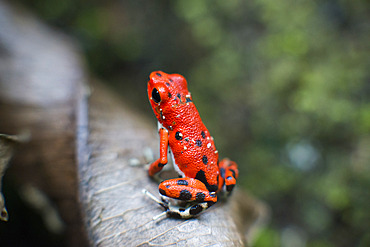
Strawberry Poison Frog (Dendrobates pumilio), adult, Bastimentos National Park, Bocas del Toro, Panama. The strawberry poison frog or strawberry poison-dart frog (Oophaga pumilio or Dendrobates pumilio) is a species of small amphibian poison dart frog found in Central America. It is common throughout its range, which extends from eastern central Nicaragua through Costa Rica and northwestern Panama. The species is often found in humid lowlands and premontane forest, but large populations are also found in disturbed areas such as plantations. The strawberry poison frog is perhaps most famous for its widespread variation in coloration, comprising approximately 15���30 color morphs, most of which are presumed to be true-breeding. O. pumilio, while not the most poisonous of the dendrobatids, is the most toxic member of its genus. The species is most diverse in Panama with varieties in vivid shades of all red, orange, blue, yellow or green, green and yellow, white with red, orange or black and spotted varieties. The most colorful mix is found in Isla Bastimentos Marine National Park though not all in one place. Colors vary by location. A beach on the north side of the island is named after the species. Two of Southern Explorations' Panama tours visit red frog habitat. Both the eight-day Panama Adventure trip and eleven-day Panama Highlights trip spend time in Isla Bastimentos Marine National Park and the former also goes to Red Frog Beach.
The red frog is not as poisonous as some of its cousins and is not a threat to humans. It subsists on a diet of ants that dine on poisonous plants, providing the red frog its protective skin toxin. Males attract females with a loud quick chirp. To hear the distinctive sound before you depart on your Panama tours, go to the University of Michigan Museum's biodiversity website (www.animaldiversity.ummz.umich.edu.) After birth, the tadpoles climb aboard the mother who deposits them in different protected areas where she retu
